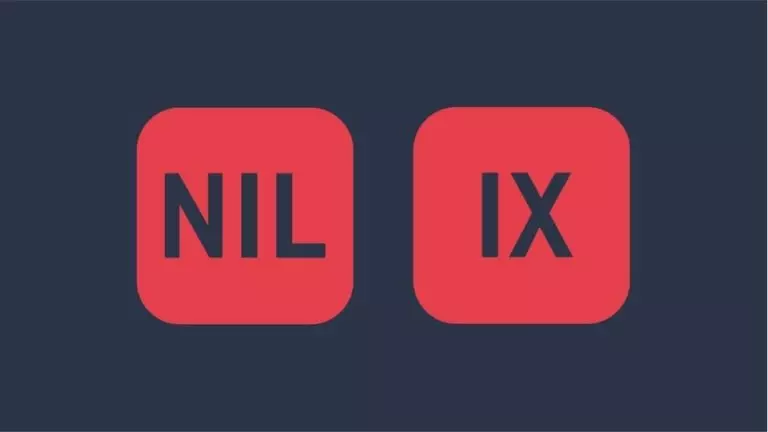Loyola Marymount Cuts 6 Varsity Sports
Loyola Marymount University recently announced that they are cutting 6 varsity sports programs at the end of the current competitive season. Starting the 2024-2025 academic year, men's cross country, men's track and field, men's rowing, women's rowing, women's swimming, and women's track and field will no longer be offered.
LMU has cited new NIL changes, the transfer portal, and pending rulings on student-athletes as employees as the key reasons for the cuts. They want to be able to use their resources on a smaller pool of teams. The Lions will be down to 14 varsity sports next year, the NCAA Division I minimum.
In December, NCAA President Charlie Baker announced a groundbreaking proposal where schools could pay athletes directly. His idea is to create a subdivision within Division I where schools have more control over NIL and the money their athletes make. This would be great for student-athletes, but only for the athletes at schools who can afford it.
This subdivision would be an expensive ask for many schools. Schools will need to invest at least $30,000 per year into at least half of the school's athletes. For smaller Division I schools, this is a big chunk of change.
According to the most recent EADA (Equity in Athletics Data Analysis) data, 43% of the schools netted a profit from their sports program totaling $1.4 billion. LMU, however, does not. Last year, Loyola Marymount University generated $11.4M from sports. Every dollar LMU made from teams is invested back into the sport itself. The proposal of making student-athletes employees of the school will make it difficult for LMU, and other smaller schools, to compete for athletes to maintain their smaller sports.
In its current roster, LMU has 9 males and 27 females on their rowing team. For this single sport, they will need to pay $1.08M to enter into the proposed subdivision. Loyola Marymount reported a rowing revenue of $1.36M and spent the entire amount back into rowing. Joining the subdivision would increase the rowing expense to $2.44M. Where will the smaller colleges find the money to pay for the expense if they do not have the resources to maintain NIL programs to compete with the larger schools properly?
| Men's Rowing | Women's Rowing | Women's Track & Field | |
|---|---|---|---|
| Revenue | $120,623 | $1,235,092 | $236,221 |
| Expense | $120,623 | $1,235,092 | $236,221 |
| Total Profit | $0 | $0 | $0 |
| 2023-24 Roster | 9 | 27 | 29 |
| Student-Athlete as Employees Amount |
$270,000 | $810,000 | $870,000 |
| Total Projected Expense | $390,623 | $2,045,092 | $1,106,221 |
With the current unknowns, it appears LMU has decided to drop the sports with smaller revenue to find the required budget to maintain its sports programs and stay ahead of the NIL changes.
Many athletes have also been seen transferring to other schools due to NIL reasons. With the rise of NIL Collectives, transferring schools has become much more enticing. In October, 85 University of Utah football players were surprised with brand-new Dodge Ram trucks in partnership with an NIL collective. A few months later, both the basketball and gymnastics athletes at Utah received that same deal.
Why would you not want to transfer to a school that gets deals like that?
In anticipation of the changing world of college sports, Loyola Marymount is making a bold move. The school only has around 9,000 students, which is minuscule compared to some of the Power 5 giants. Texas A&M has a total enrollment of about 73,000 and Ohio State is close to 68,000.
In a statement released last week, LMU Athletic Director Craig Pintens stated,
“The NCAA landscape is changing rapidly, and schools of all sizes must adapt to provide the best student-athlete experience while becoming even more competitive. LMU is no exception.”
LMU decided that they wouldn't be able to keep up with other Division I schools while they had 20 varsity teams. The decision makes sense, but it still means they are leaving athletes in the dust.
Alena Sharp, a sophomore on the women's swimming team started a petition to save their teams. The petition already has over 5,500 signatures. In her petition, Sharp wrote,
“I'm writing this because this is something I care about deeply and it won't happen without the support of people like you. Starting a petition isn't something I would normally do, but I was moved to do so because of the utter devastation that us athletes, who have worked so hard for this opportunity, feel.”
Despite all the support for these athletes, the school stated that this decision cannot be “appealed or reconsidered.”
Athletes in these 6 sports will have to decide whether they want to stay at their school or transfer to continue their athletic careers. However, some athletes will have to decide soon. The Division I women's swimming and diving transfer window opens on March 13, and they will have a little over a month to make their decision. This is a lot of pressure to put on an athlete who just found out that their program is being cut.
Even with the transfer portal, transferring is not easy. You have to go through the recruiting process again, and you have to leave your coaches, teammates, and friends that you made and start over again.
This instance leaves us thinking about the future of college sports. Will smaller DI schools be able to keep up? Will dropping sports programs become a trend? Let us know what you think will happen in the future by sharing or commenting on our social media.
* Originally published on February 1, 2024, by Bella Nevin







